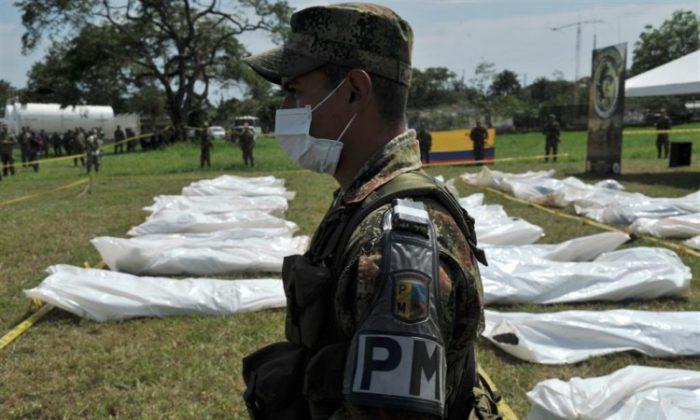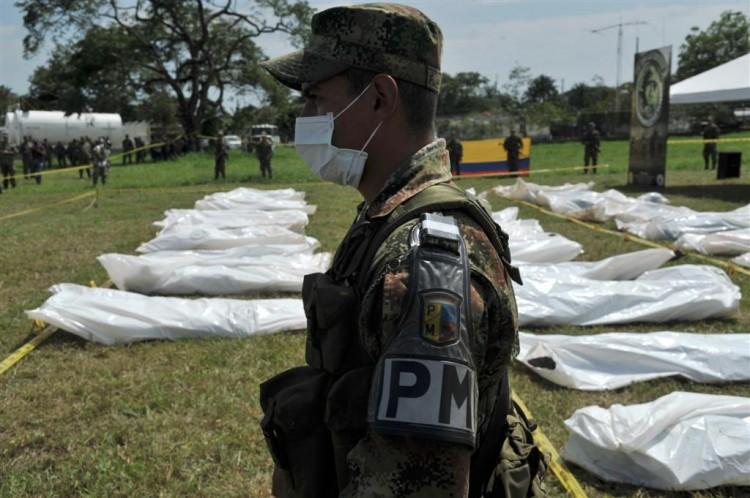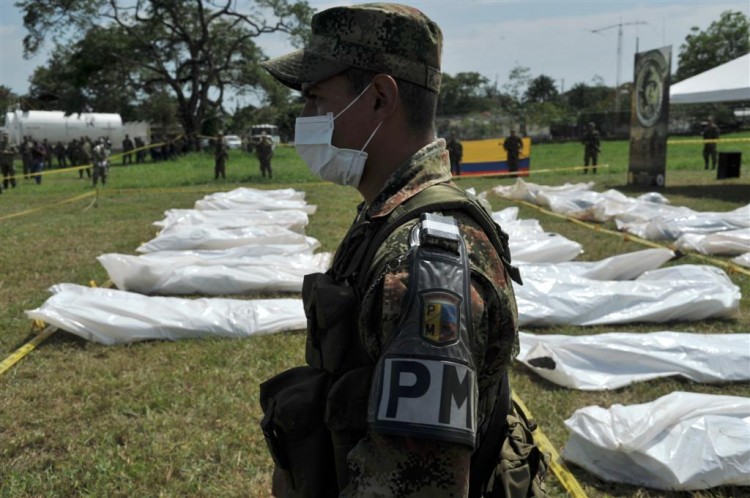Colombian paramilitary groups that were tasked to deal with Marxist insurgents such as the Revolutionary Armed Forces of Colombia (FARC) and National Liberation Army (ELN) have morphed into criminal organizations, according to a new report from Stratfor, a global intelligence firm.
“These groups, referred to as ‘bandas criminales’ (bacrim), are consolidating and beginning to cooperate with insurgents against whom they had previously fought, a trend that could create a criminal organization strong enough to challenge the Colombian state,” the intelligence company said.
Some of these groups were created as many as four decades ago after the Colombian military gave permission in 1965 to train and arm civilians to deal with FARC and other leftist group. This was done at the behest of the United States at the time, says Stratfor.
In 1997, many bacrim organizations joined together under an umbrella called United Self-Defense Forces of Colombia (AUC). While they did fight FARC and protected government and elite interests, they also funded themselves via cocaine trafficking.
By 2001, Washington had declared AUC a terrorist organization and Bogota was attempting to demobilize them.
It is unclear how many bacrim there may be. The Colombian government has said 4,000, but a report by Colombian security think-tank Corporacion Nuevo Arco Iris (CNAI) said in a report this year that as many as 13,000 bacrim had been captured.
The primary source of revenue for the group is drug trafficking but they also dabble in extortion, kidnapping for ransom, murder for hire, illegal mining, and some drug dealing in cities.
“They primarily operate in rural areas but have shown increasing influence in major cities such as Cali and Medellin. These groups often have relationships with local politicians, police and military personnel involving bribery or intimidation,” Stratfor.
In a statement in 2011, National Police Commander Gen. Oscar Naranjo said that the leftist rebel groups like FARC were no longer the largest threat to the country’s security and the bacrim groups have overtaken them. The government reportedly is setting up a task force to deal with the paramilitary groups as well as the Marxists.







Friends Read Free